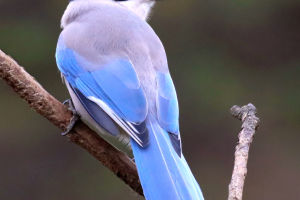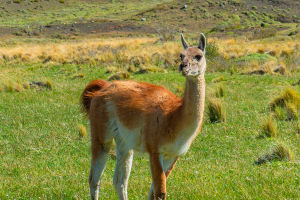Rescue Red Pandas
The red panda is a fascinating animal that belongs to the Ailuridae family. Although they are often referred to as red pandas, their scientific name is Ailurus fulgens.
Red pandas are known for their unique appearance, which resembles a cross between a raccoon and a cat. They have reddish-brown bodies and are fatter than cats, with thick fur, short noses, and pointed ears.
Red pandas are primarily found in temperate climates in deciduous and coniferous forests at elevations between 2500-4800 m.
They prefer areas with moderate temperatures and humidity but are relatively resistant to both high and cold temperatures. During the day, they sleep in caves or the shade of big trees, and at night, they come out to look for food.
Red pandas are highly adapted to life in trees, thanks to their highly bendable cervical spine, which allows them to move flexibly between branches. They typically live in large tree holes or rock crevices, making them difficult to spot in the wild.
Despite their name, red pandas are not closely related to giant pandas. Recent genetic analysis has shown that red pandas are most similar to raccoons in the American continent, and should be classified as such. Nevertheless, red pandas are a unique and fascinating species, with a distinct appearance and behaviour.
Red pandas are primarily herbivores and typically eat bamboo leaves, berries, flowers, bird eggs, and small leaves of other plants. Bamboo leaves are their main food source, and they have adapted to digest the tough cellulose found in bamboo.
The breeding season for red pandas typically occurs in the spring, and females give birth to an average of just two cubs a year. The cubs grow in hidden places such as tree holes and begin to learn to walk at around one-month-old.
Red pandas are considered an endangered species, with their population declining by 50% in the past three generations. The International Union for the Conservation of Nature lists them as endangered due to low survival rates, habitat loss, and fragmentation of their populations.
The Himalayan bamboo species, which make up the vast majority of their diet, are also sensitive to environmental degradation and deforestation.
To protect red pandas, governments and protection organizations have taken many measures, including establishing nature reserves, prohibiting the trading and killing of red pandas, and strengthening monitoring and research. However, more needs to be done to protect this fascinating species and ensure their survival in the wild.
Red pandas are an important part of the ecosystem and play a key role in maintaining the balance of their habitats. They are also a valuable cultural symbol in many countries, with their cute and cuddly appearance making them a popular attraction in zoos and conservation centres around the world.
It is crucial that we continue to raise awareness about the plight of red pandas and work together to protect them from further decline. By supporting conservation efforts and making small changes in our daily lives to reduce our impact on the environment, we can help ensure a brighter future for this incredible species.


